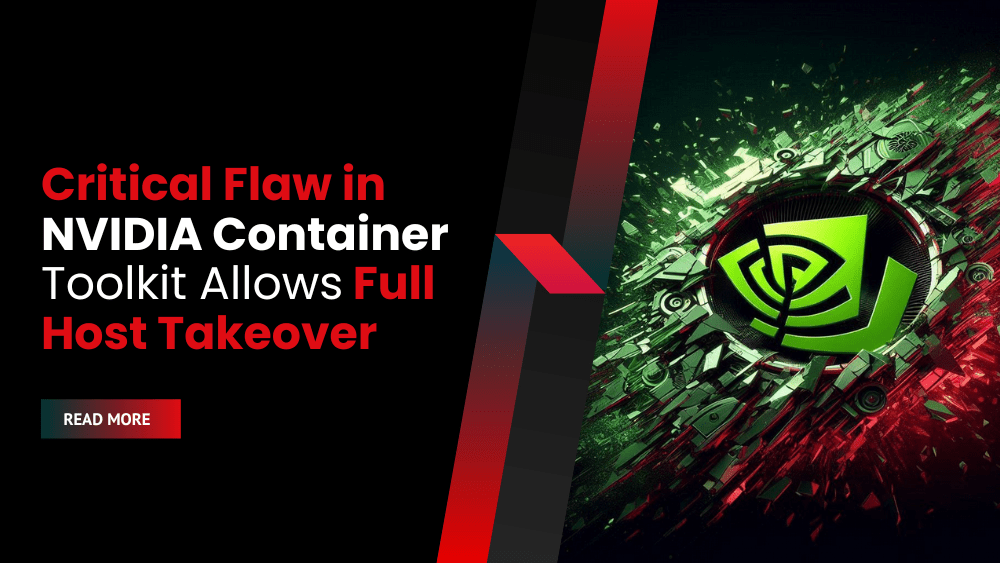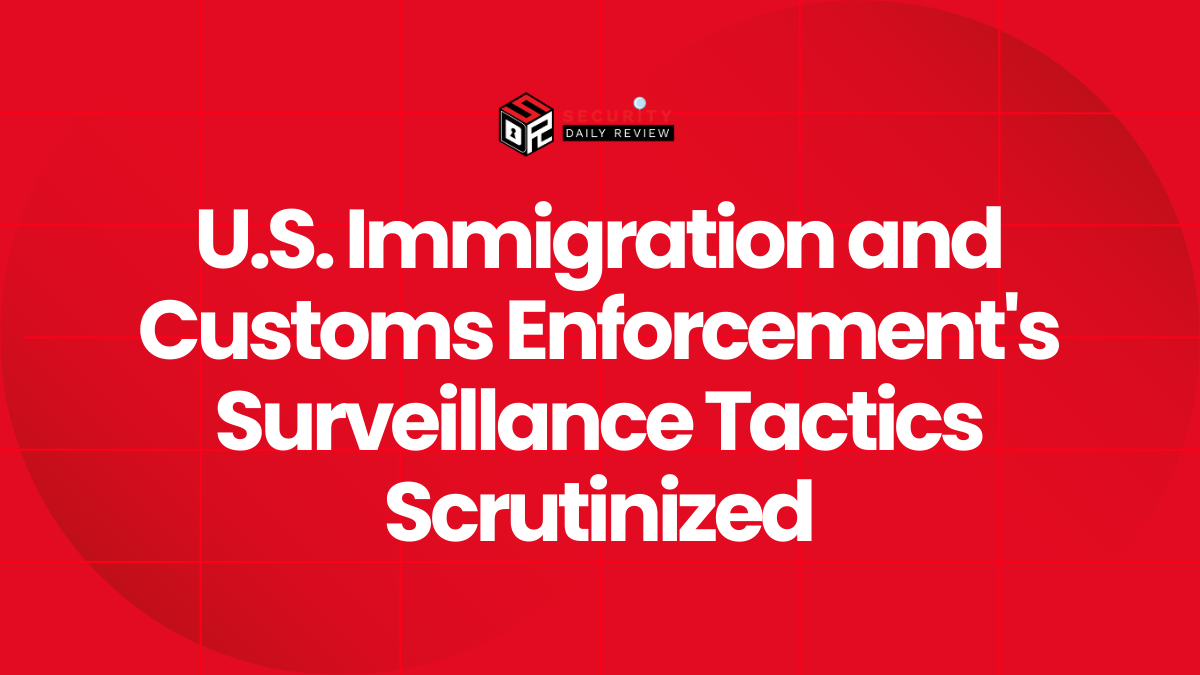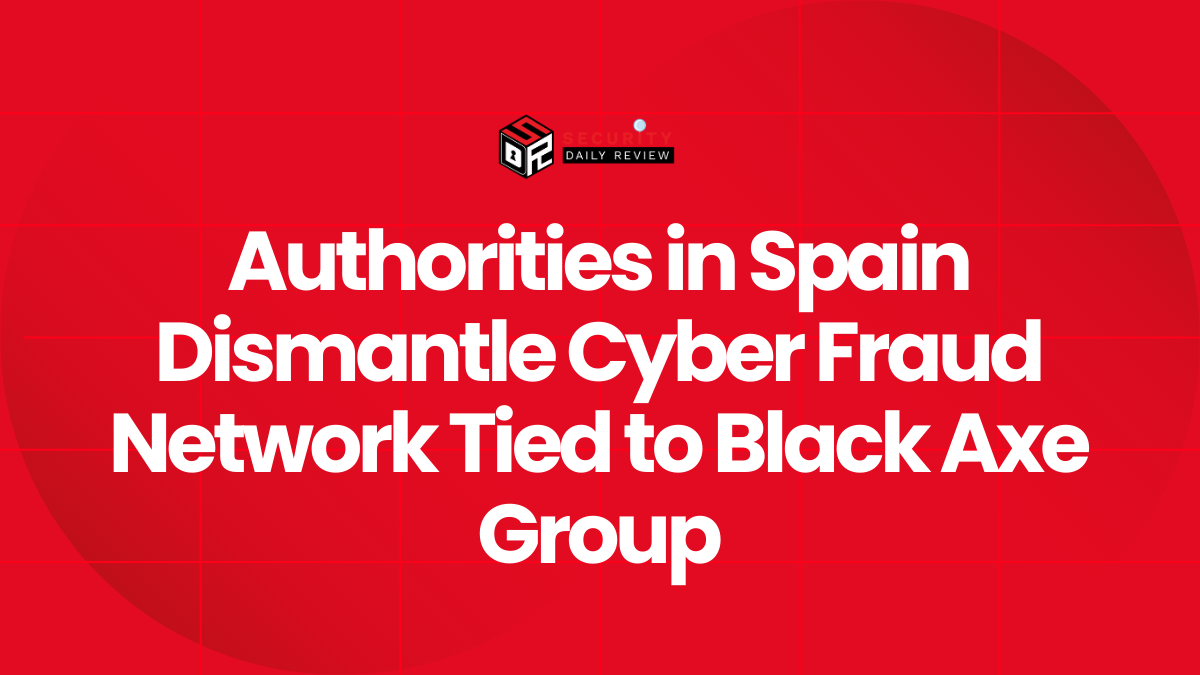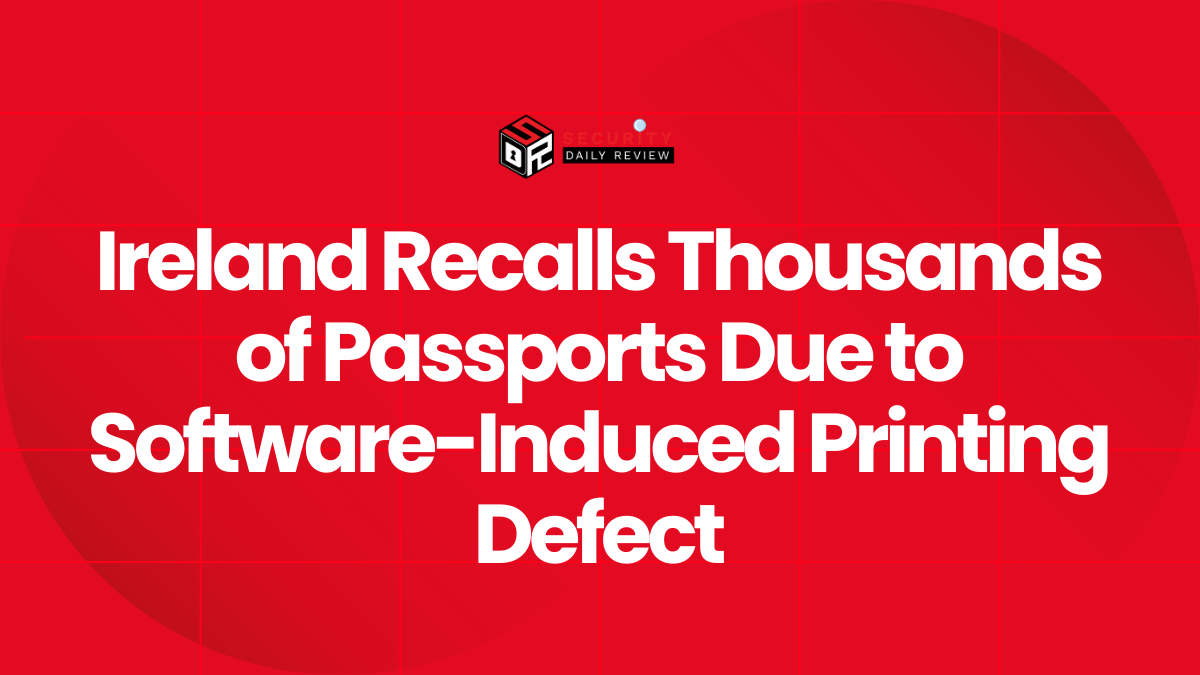A critical flaw in NVIDIA Container Toolkit, tracked as CVE-2024-0132, poses a significant threat to AI applications utilizing NVIDIA GPUs. This critical flaw allows for complete system compromise, enabling attackers to execute arbitrary commands and exfiltrate sensitive data.
The vulnerability affects a wide range of systems, impacting cloud and on-premise environments reliant on the toolkit for GPU access. This in-depth analysis will explore the technical details of this critical flaw in NVIDIA’s software, its impact, and the necessary mitigation steps.
Understanding the Critical Flaw in NVIDIA Container Toolkit (CVE-2024-0132)
The NVIDIA Container Toolkit is a crucial component for many AI applications, providing the bridge between containerized workloads and the power of NVIDIA GPUs. However, a critical flaw in versions 1.16.1 and earlier, as well as NVIDIA GPU Operator versions 24.6.1 and older, allows attackers to bypass container isolation and gain complete control of the host system. This critical flaw in NVIDIA’s software received a severity score of 9.0, highlighting its potential for widespread damage.
The root cause of this critical flaw in NVIDIA’s software lies in inadequate container isolation. While many filesystems are mounted with read-only permissions, crucial Unix sockets like docker.sock and containerd.sock remain writable. These sockets facilitate inter-process communication, providing a direct pathway for attackers to interact with the host system. By exploiting this critical flaw in NVIDIA’s software, an attacker can execute commands, access sensitive data, and ultimately take complete control of the compromised machine.
Wiz Research estimates that over 35% of cloud environments are vulnerable to attacks exploiting this critical flaw in NVIDIA’s software. The widespread use of the NVIDIA Container Toolkit in AI-focused platforms and virtual machine images makes this vulnerability particularly dangerous. The ease with which attackers can leverage this critical flaw in NVIDIA’s software to gain full host access poses a severe threat to data security and system integrity. The potential consequences include data breaches, system disruption, and complete loss of control over affected systems.
Technical Details of the Critical Flaw in NVIDIA’s Software
The critical flaw in NVIDIA’s software, CVE-2024-0132, is categorized as a container escape vulnerability. This means that attackers can escape the confines of their container and gain access to the underlying host system. This is achieved by exploiting the writable Unix sockets, which allow interaction with the host’s processes and resources. An attacker can craft a malicious container image that leverages this vulnerability to gain full host access. This attack can be carried out directly by exploiting the shared GPU resources or indirectly through the execution of a compromised container image downloaded from a malicious source.
Mitigation and Remediation
NVIDIA has acknowledged the vulnerability and released patches to address the issue. Impacted users are strongly urged to upgrade to NVIDIA Container Toolkit version 1.16.2 and NVIDIA GPU Operator 24.6.2 or later. This upgrade is crucial to mitigate the risk of exploitation and prevent potential system compromise. While the precise technical details of exploiting the vulnerability are currently withheld to allow organizations time to patch their systems, researchers plan to release more technical information in the future.
The Importance of Timely Updates and Security Best Practices
This incident underscores the critical importance of keeping software updated and implementing robust security practices. The rapid response from NVIDIA in releasing a patch highlights the seriousness of the vulnerability and the need for proactive security measures. Organizations should establish regular update schedules for all software components and implement security monitoring to detect and respond to potential threats promptly. The widespread impact of this critical flaw in NVIDIA’s software highlights the need for vigilance and a proactive approach to cybersecurity.
Conclusion
The critical flaw in NVIDIA Container Toolkit (CVE-2024-0132) presents a significant security risk to organizations utilizing NVIDIA GPUs. The vulnerability’s potential for complete host takeover necessitates immediate action. Upgrading to the latest versions of the NVIDIA Container Toolkit and GPU Operator is paramount to mitigating this risk. This incident serves as a reminder of the ongoing need for vigilance in maintaining secure software environments and the importance of promptly addressing critical vulnerabilities. The widespread impact of this critical flaw in NVIDIA’s software should encour









